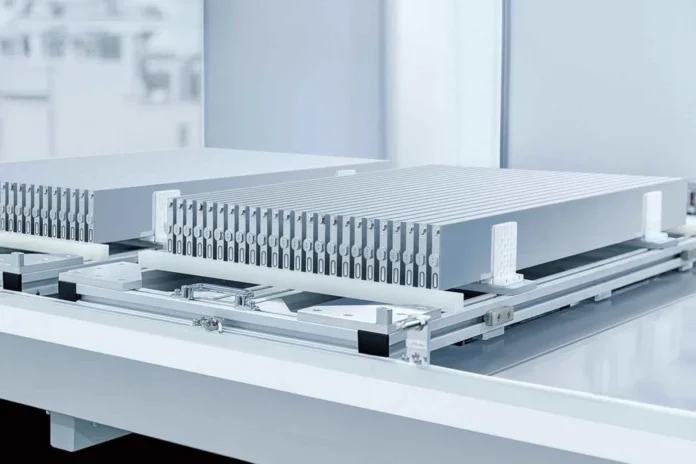China’s Ministry of Industry and Information Technology (MIIT) has announced new mandatory national safety standards for electric vehicle batteries, set to come into effect on 1 July 2026. A key requirement of the revised regulation is that batteries must no longer pose any risk of fire or explosion.
The updated standards have been published under the title ‘Safety Requirements for Power Batteries of Electric Vehicles’ with the reference code GB38031-2025. Manufacturers now have just over a year to comply with the more stringent regulations, which will become binding from July 2026.
According to Car News China, the revised rules include ‘the world’s first standard requiring batteries to prevent fire and explosion even after internal thermal runaway occurs.’ As a result, from mid-2026 onwards, manufacturers will be required to pass a new thermal diffusion test with their battery systems. Under the current standards, EV makers are only obliged to implement a warning system that alerts vehicle occupants at least five minutes prior to a potential fire or explosion. The new regulation goes considerably further on a technical level: battery manufacturers must now demonstrate that their packs do not catch fire, do not explode, and that any potential smoke does not pose a threat to passengers inside the vehicle.
Additionally, the new regulation introduces several other testing requirements. These include an underside impact test to assess battery protection in the event of a collision – a relevant update given that an increasing number of batteries are being structurally integrated into vehicles under the cell-to-body design approach. Moreover, batteries will need to pass a safety test proving they can withstand 300 rapid charging cycles followed by a short-circuit test.
Industry experts believe the tougher requirements will significantly enhance consumer safety, but may also lead to consolidation within the battery sector. While leading manufacturers such as CATL claim to already possess the necessary technology – CATL, for instance, offers a “No Thermal Propagation (NP)” solution – the research and development costs required to comply could prove too high for smaller and mid-sized companies.




